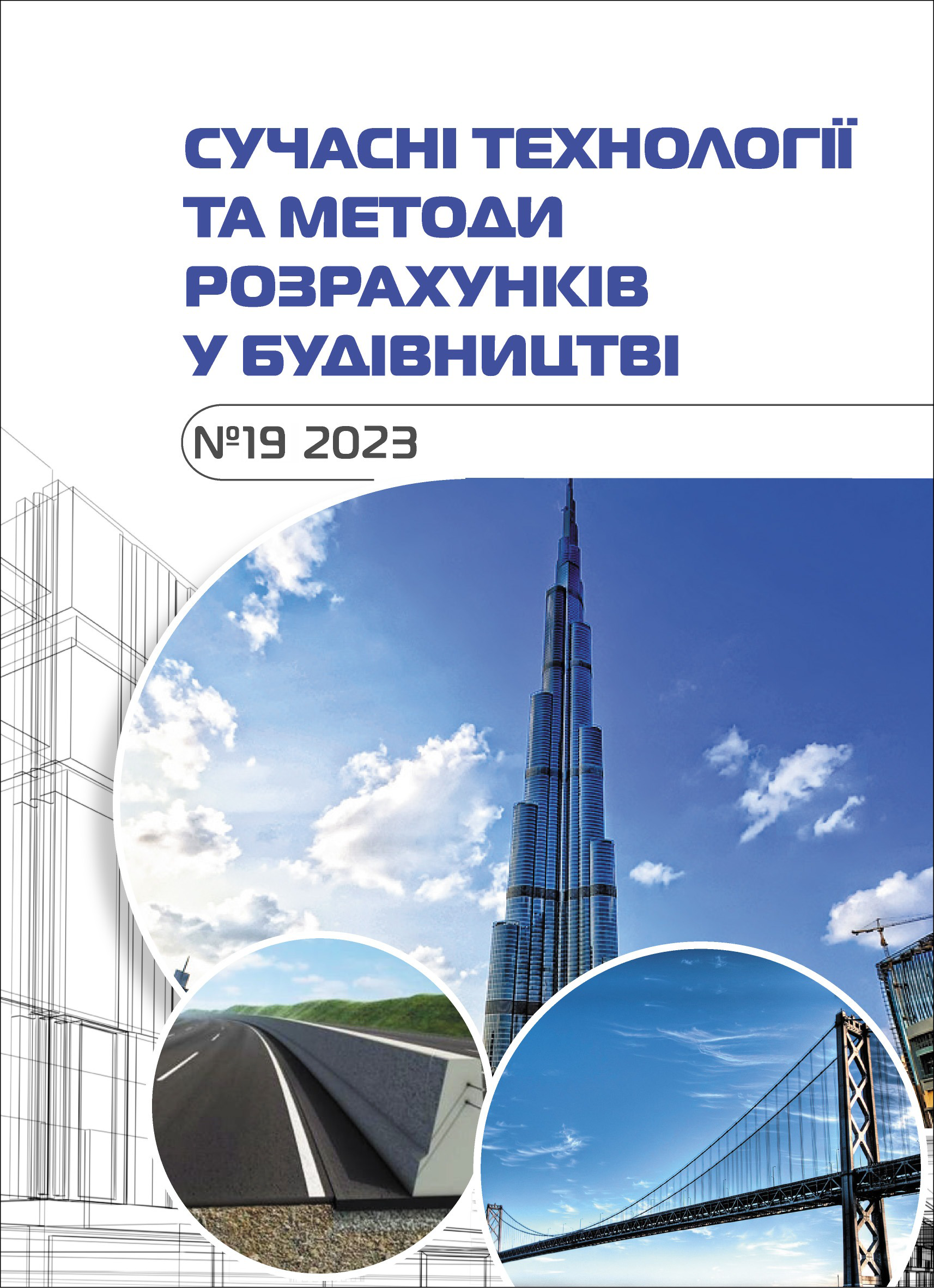Дослідження причин передчасного руйнування залізобетонних елементів мостів та шляхопроводів при використанні хлористих протиожеледних матеріалів
DOI:
https://doi.org/10.36910/6775-2410-6208-2023-9(19)-21Ключові слова:
хлористі протиожеледні матеріали, мости, шляхопроводи, довговічність, корозія.Анотація
Виконаний аналіз факторів, що впливають на швидкість і обсяги руйнування залізобетонних елементів штучних споруд. До основних причин появи пошкоджень на мостах відноситься корозія бетону та арматури внаслідок попадання води з проїзної частини в осінньо-зимовий період, оскільки вона містить в собі хімічні речовини, які застосовуються при боротьбі із зимовою слизькістю і викликають корозію на додаток до карбонізації. Опір цементного бетону агресивній дії ПОМ матеріалів є нестабільним. Існують періоди, коли структура бетону є достатньо стійкою і періоди, в які її стійкість може суттєво знижуватись. У процесі експлуатації таких бетонів існує небезпека незворотньої втрати міцності за спільної дії на бетон ПОМ, знакозмінних температур та інтенсивних динамічних механічних навантажень від руху транспортних засобів.








